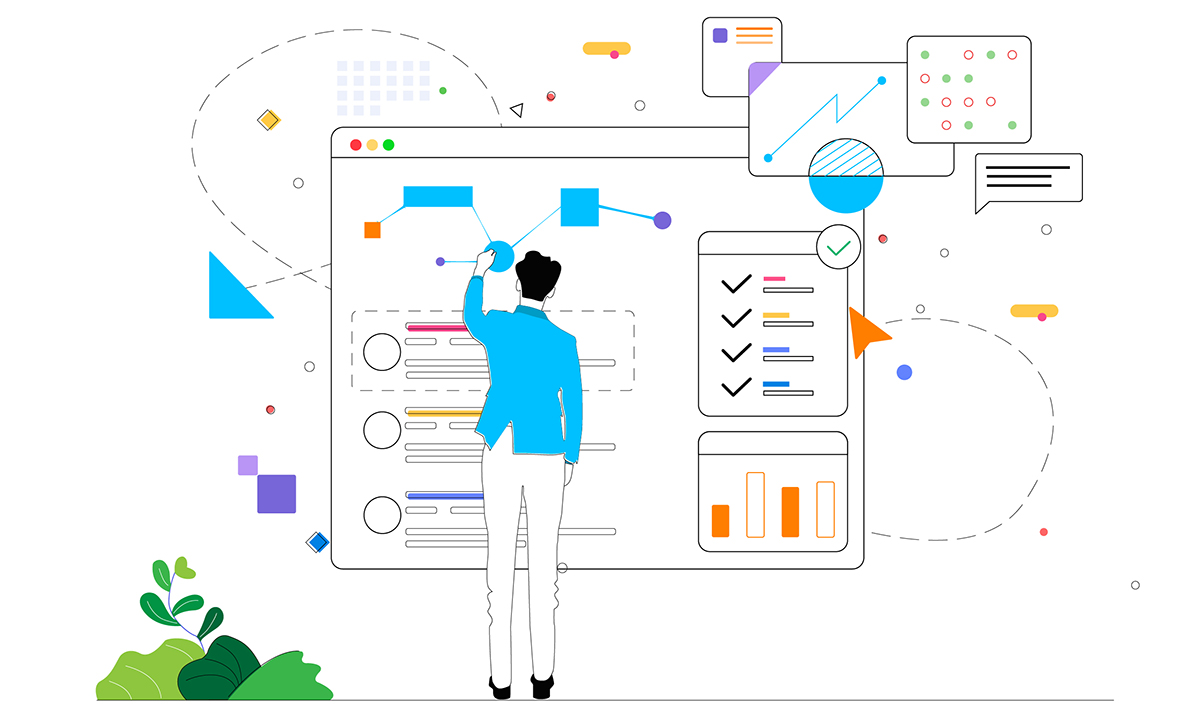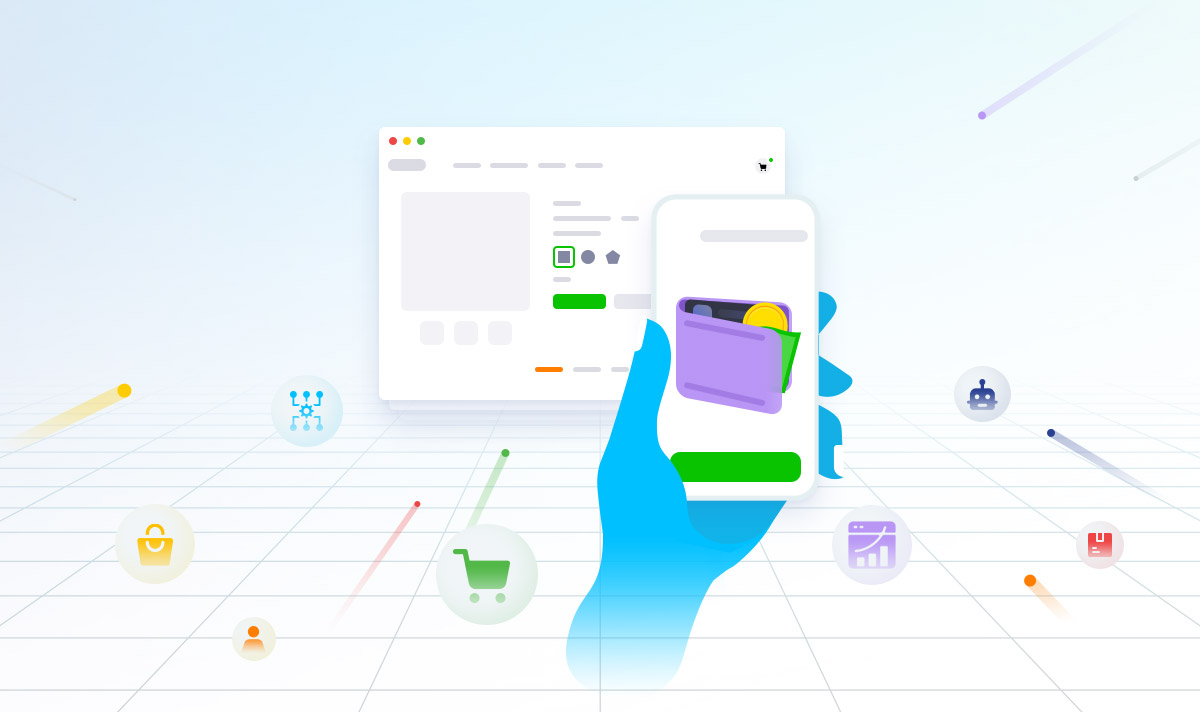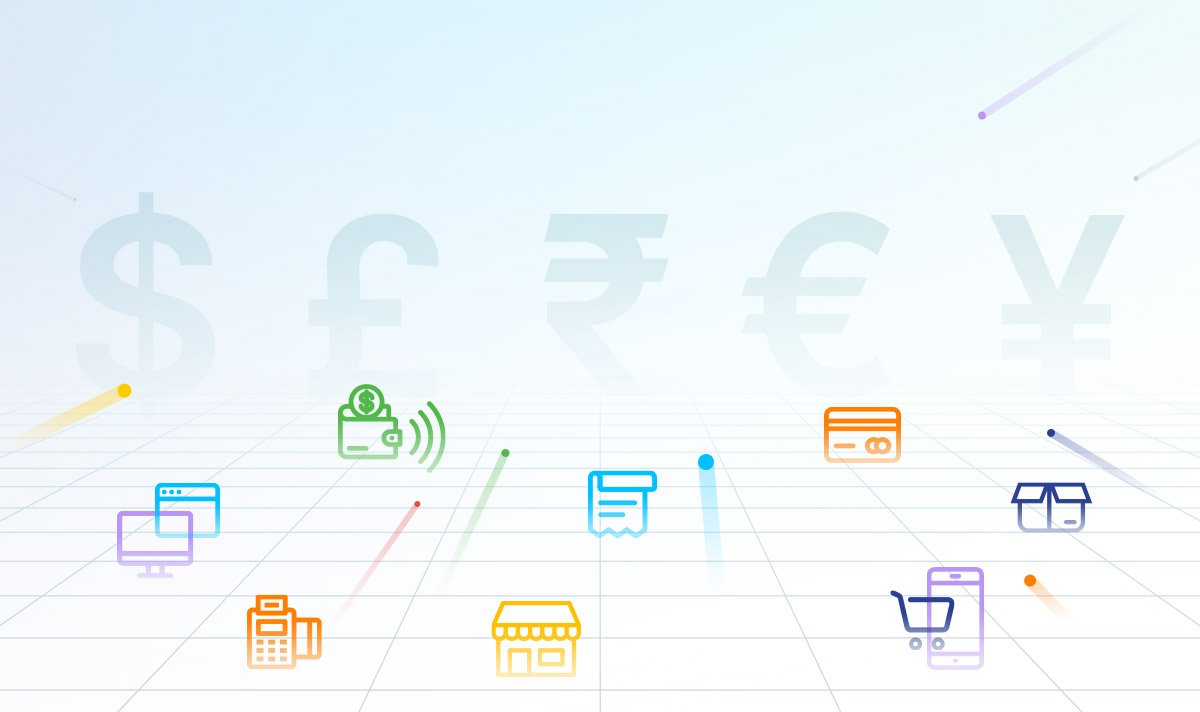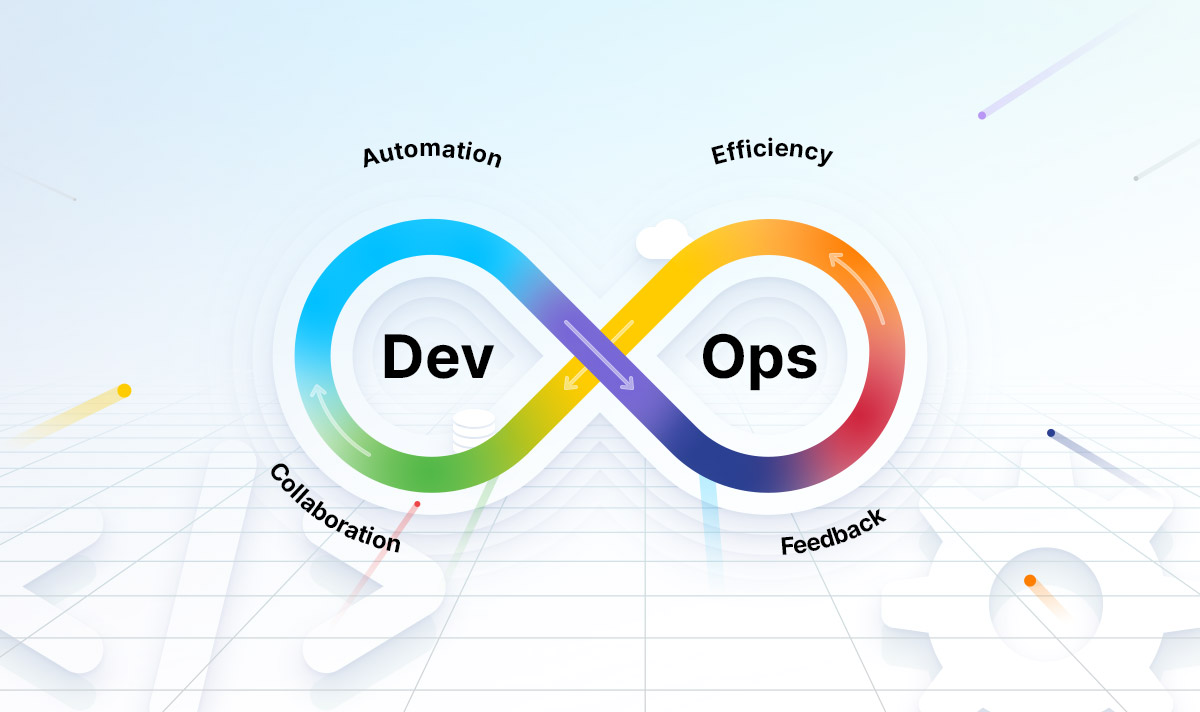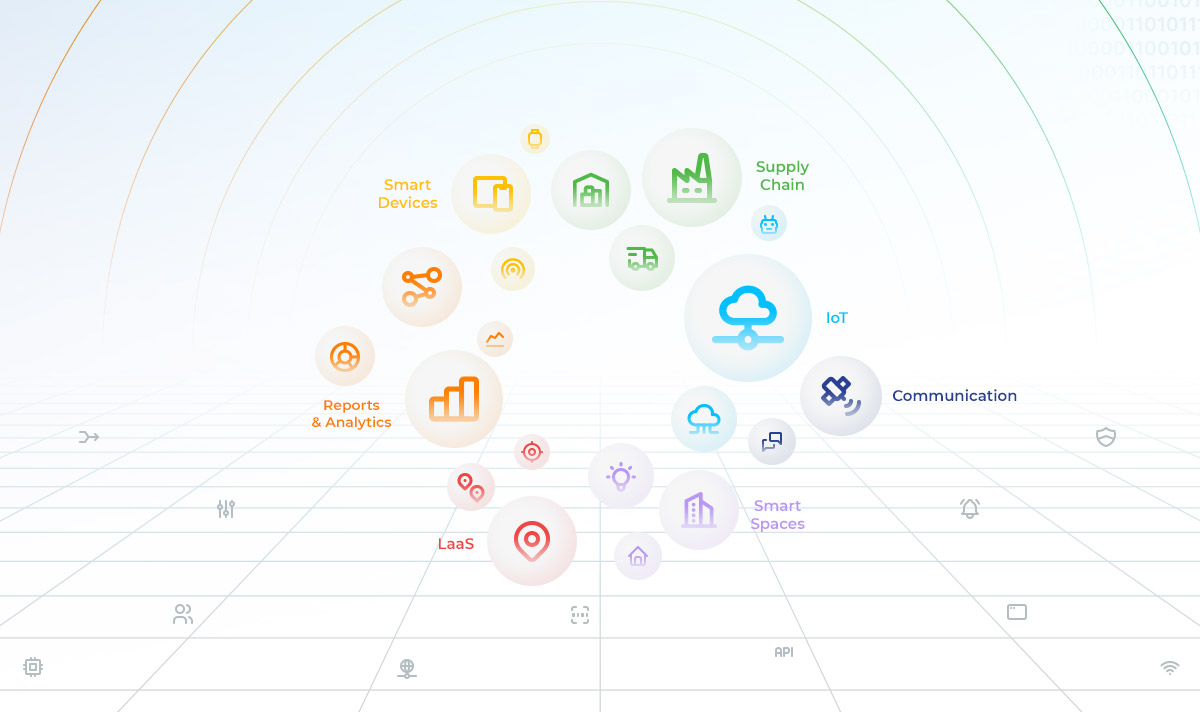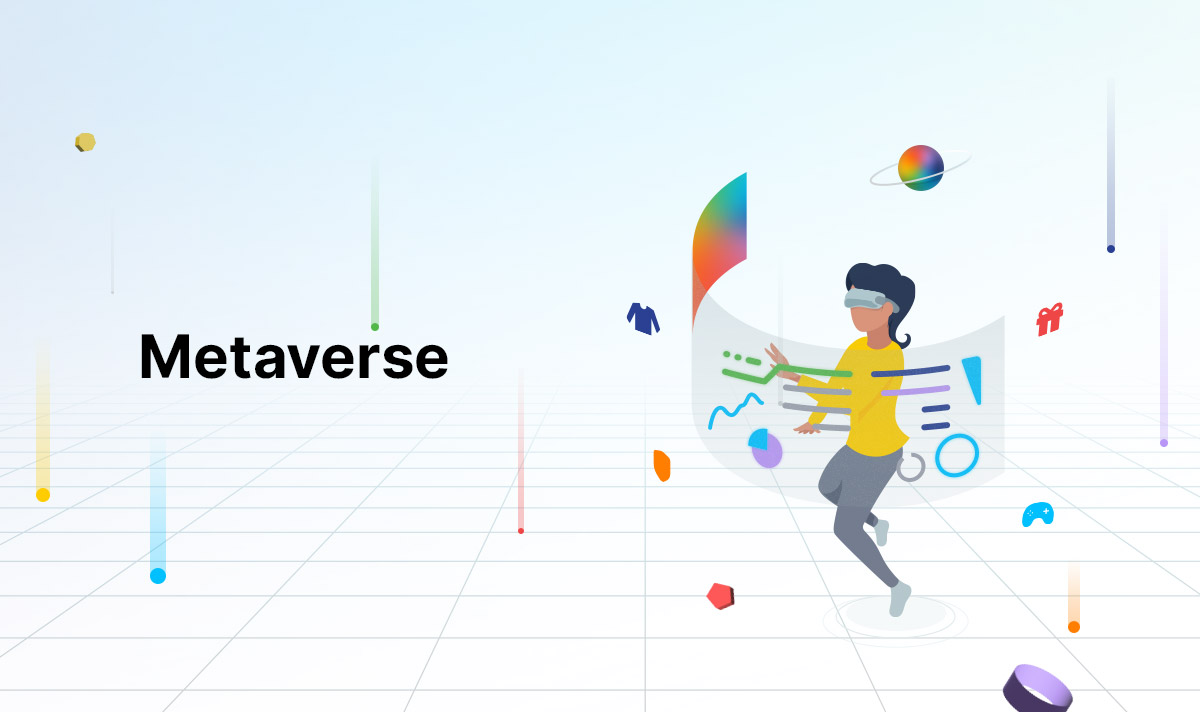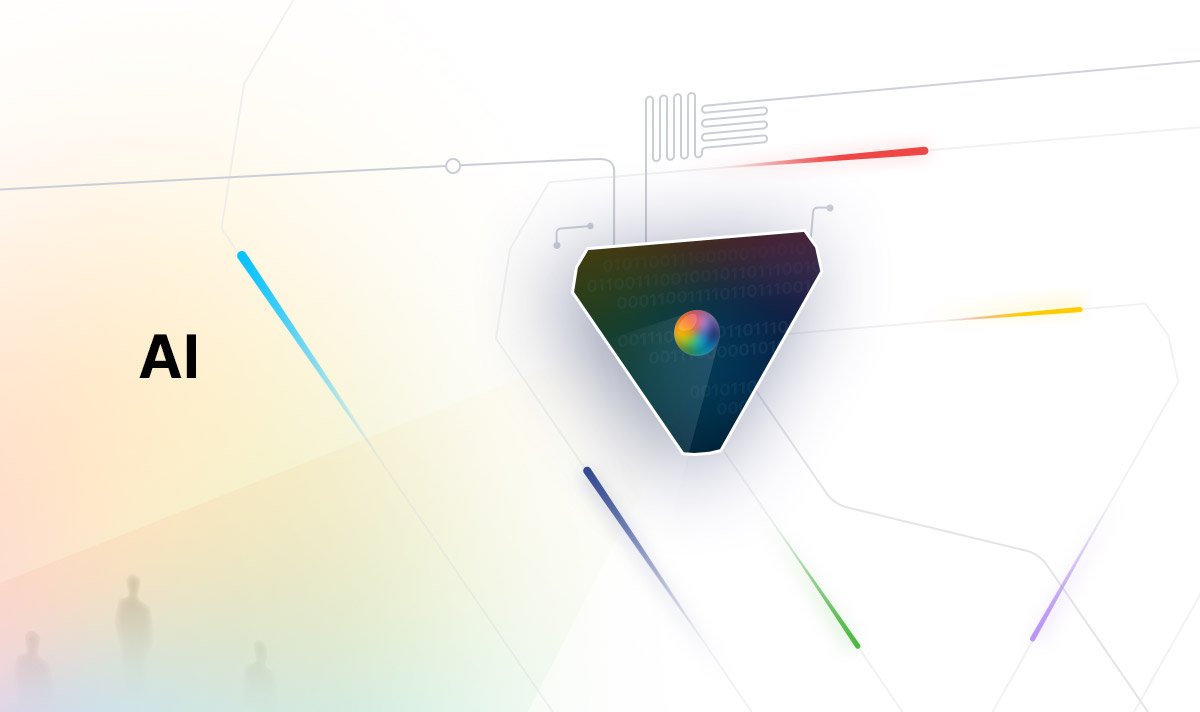Ever wonder what makes online content streaming on cloud servers like Netflix, Spotify, or YouTube seamless and super-exciting? Cloud computing connects you with the huge data sources online, with features to connect to cloud-hosted services that include everything ranging from robust cloud storage to cloud infrastructure platforms, such as AWS.
Moving applications and big data to the cloud have revitalized the significance of software modernization, where businesses are widely using strategies, tools, and knowledge to grow their portfolio management. IT organizations are already in the process of migration of applications, adoption of cloud-based Software as a Service (SaaS) applications, and launching smarter DevOps processes to secure the applications and the enormous data.
The total market worth of cloud-based software is expected to see a CAGR leap of 17.5% to 832.1 billion USD by 2025 from 371.4 billion USD in 2020. Organizations find it easier to access data to bring novel insights that can make the connections with employees, partners, and customers more personalized. In this article, let us, deep-dive, into the role of cloud-based software in empowering businesses through the modernization of data and applications.
What is Software Modernization ?
Since the world gets digitized every second, enterprise software requires transformation or modernization to keep up with the expectations of the users. Software modernization is a classification of IT modernization and involves the process of moving away from the aging software. It involves the prompt consolidation of software processes and workflows to contribute the businesses or individuals with innovative or automated solutions.
What is the need for Software Modernization ?
As per a recent research survey conducted with more than 800 senior IT experts, more than 80% of the respondents said that failing to modernize the IT infrastructure and applications will adversely impact the long-term development of the businesses. The need for software modernization can arise due to any of the following reasons :
- The increased dissatisfaction among the employees or individuals while retrieving information from outdated systems.
- The software becomes outdated and maintenance can improve the burden of IT resource costs.
- Non-integrated systems and conflicting data affect business growth.
- The existing system is unable to handle the varied business demands and data.
- The software is not able to adapt to the changes in market conditions, compliance regulations, and business processes.
In a recent IT survey, 69% of the Enterprise Architects mention hardware dependency and various technical aspects as the primary reasons to go for software modernization, while 65% of CIOs and the IT heads opt for competitiveness, 58% for security, and 54% for integration.
How does software Modernization help in the business transformation?
Organizations can save over 31 million USD if they modernize the core aspects of business software systems. Here are the ways software modernization helps the revolutionization of business.
1.Innovation with Migration of applications
Business agility depends on this integral tool that helps the migration of numerous applications to the cloud-like core business systems and organizational software. This industrialized approach can accelerate the application transformation effortlessly.
A European Eyewear firm had implemented application migration from over 1000 data servers to the public cloud of Microsoft Azure. This change has built a cost-effective, agile, and safe infrastructure with improved performance and streamlined workflows.
2.Modernizing databases for Scalability
Modernizing the databases to a cloud-ready platform as a service ecosystem is crucial since the factors like the Internet of Things (IoT), e-commerce, and mobility drive a huge increase in the data that requires processing.
Businesses can build intelligent applications on databases with the help of innovative tools like Artificial Intelligence (AI), Machine Learning (ML), and analytics. Enterprises should continuously track the database access, conduct regular audits, and analyze usage patterns to understand the poorly configured databases with highly sensitive data and encrypt the stored data to embrace scalability.
For instance, a healthcare firm can use real-time patient information extension to reduce costs and ensure adherence to the security policies.
3.Cloud-native development and Containerization
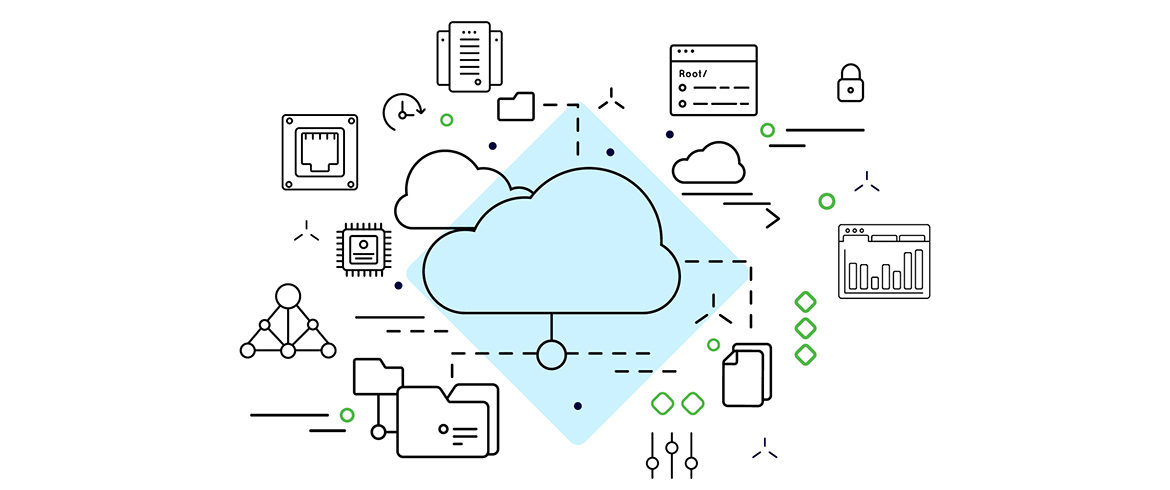
The cloud-native applications include new development, where older systems are out of phase. Cloud-native development can reduce the costs by 30%, by changing the infrastructure costs and making sure that the IT spending is aligned with the business demands.
Developers can deploy the applications quickly with agile methodologies, Robotic Process Automation, DevSecOps, APIs, Microservices, etc. in cost-effective ways.
Containerization, the core method of industrial development involves the segregation of applications to smaller code units-mainly 200 MB which developers can spin up in a matter of milliseconds.
The applications are developed in the container, then packaged, tested, and deployed to production without performing the additional testing. They run on every major cloud platform such as AWS, Google Cloud Platform, Microsoft Azure, etc. else as a service in a private cloud.
4.Moving industry and enterprise applications to SaaS
Rather than transforming apps, in many cases, enterprises are involved in replacing the on-premise Enterprise Resource Planning (ERP) applications like SAP or Oracle with the SaaS that comfortably runs in the cloud.
For instance, a marketing app that moves to the cloud can interconnect with various social media sites and deploy techniques such as crowdsourcing.
A popular telecommunications firm was making efforts to meet the requirement to launch novel mobile business features to streamline the application development. The firm implemented automation and tested development to witness a reduction of costs and deployment cycles by 75% and 12 times respectively.
Organizations can focus on the deconstruction of applications from their edges and transform them with SaaS-driven features to improve efficiency.
5.Ensuring the Data Security
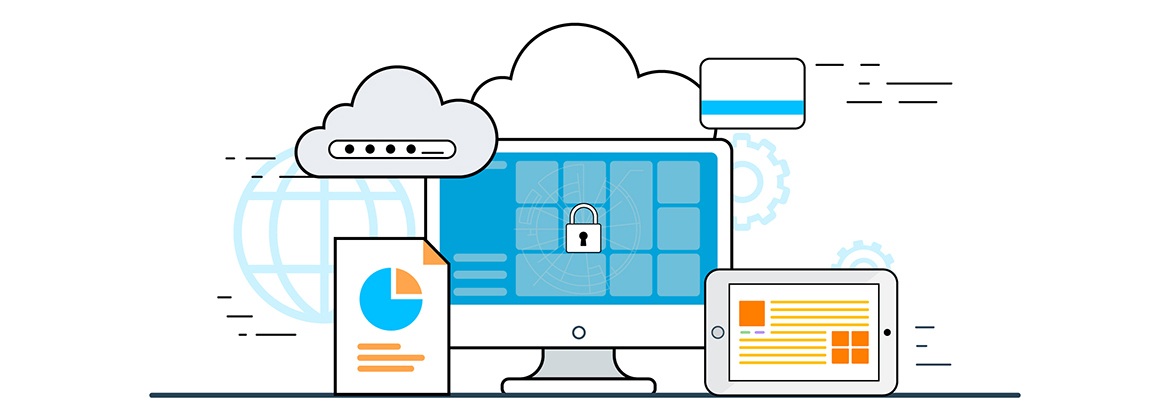
When enterprises move to the cloud, there are new approaches to secure the ecosystem. Earlier the security organizations aimed at placing controls over networks, storage, and servers, however, the modern world is prone to phishing attacks and hijacking. This can lead to theft or intrusion of unsecured sources to leave your data exposed.
Modernization involves the careful identification and classification of data assets. The tools for data loss prevention and encryption can let your data remain safe from hackers and unauthorized access.
The incorporation of multifactor authentication measures and behavioral analytics tools can let the firms analyze potential attackers depending upon the data they wish to access.
For instance, US-based users who attempt to access the system from anywhere in Asia at an unusual time will be flagged for potential cyberattacks.
The modernization efforts to re-architect the software systems can be helpful to reconsider the tools and novel methods for data protection.
Final Thoughts
Cloud-based software contributes to the high-end scalability, innovation, and security, with the distribution of data online, while keeping the processes confidential and secure. Since Government officials are prepared to transform their SAP ecosystem to ERP-based processes, cloud-based software has evolved to be more compelling. With the ideal cloud platform, companies largely focus on capitalization of scalability, security, and innovation through software modernization.
At Enliven, we focus on helping your businesses with taking software safely to the cloud and making the business processes seamless. Reach out to us to start revolutionizing your business with software modernization.
